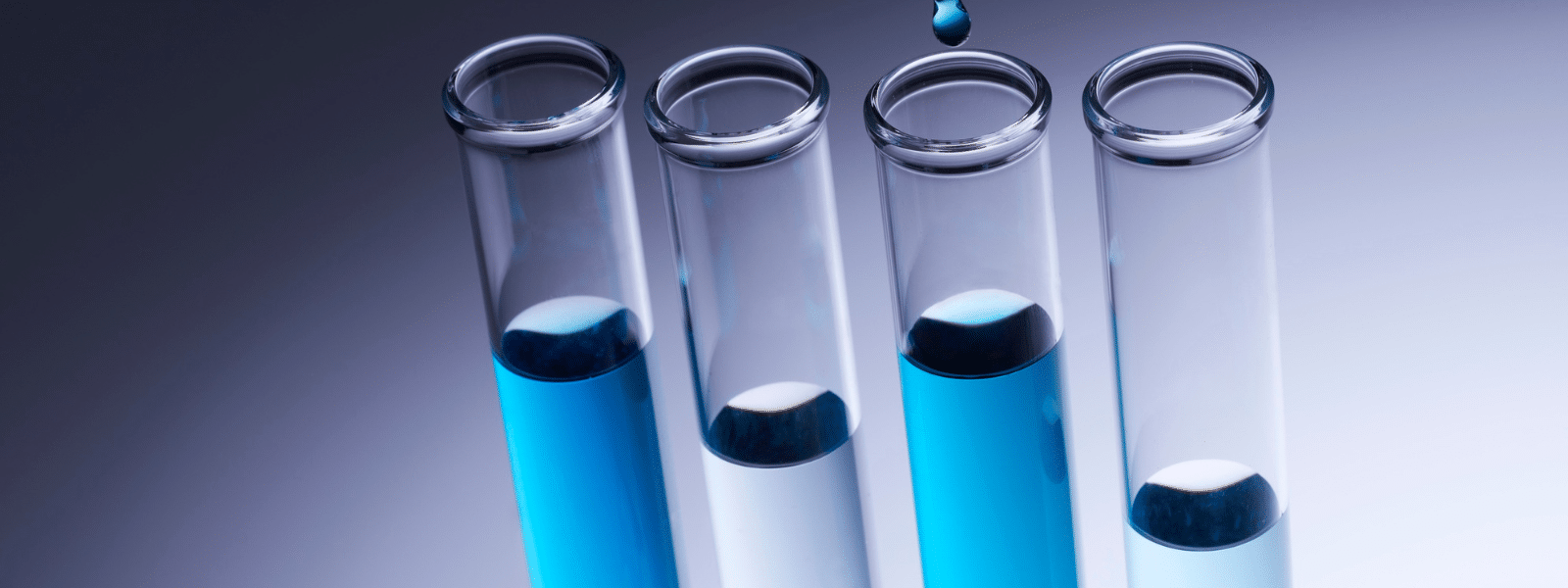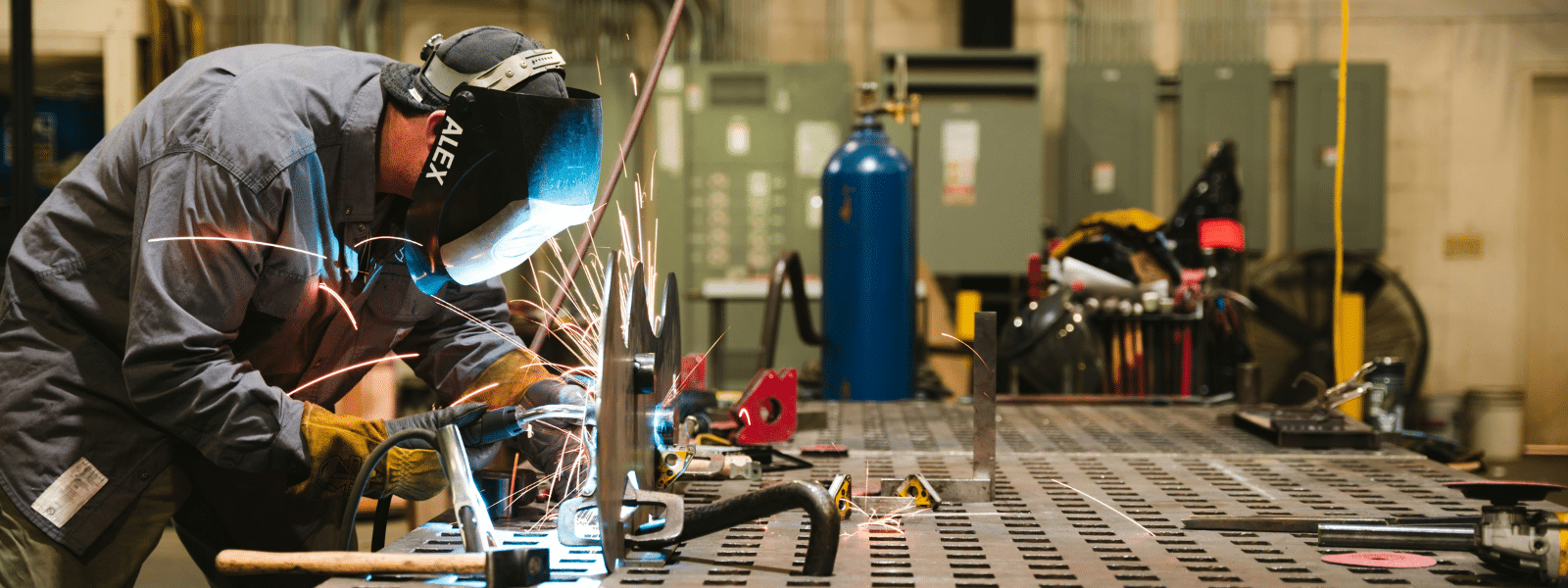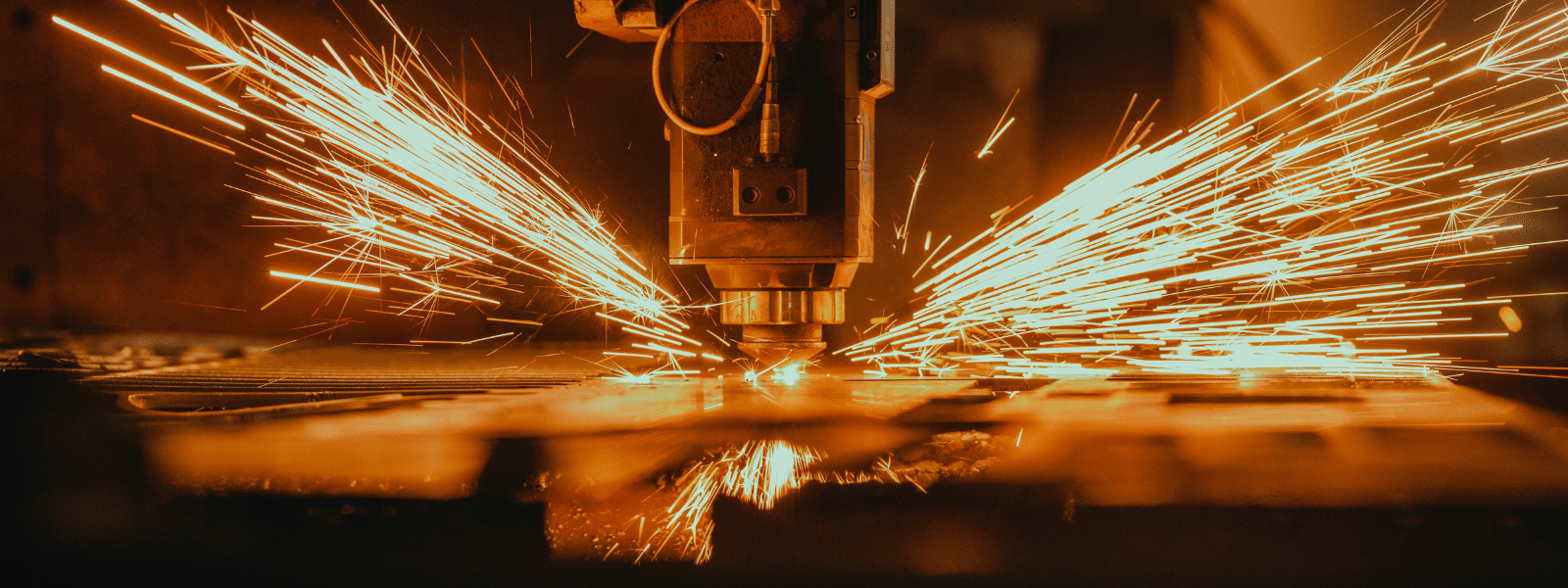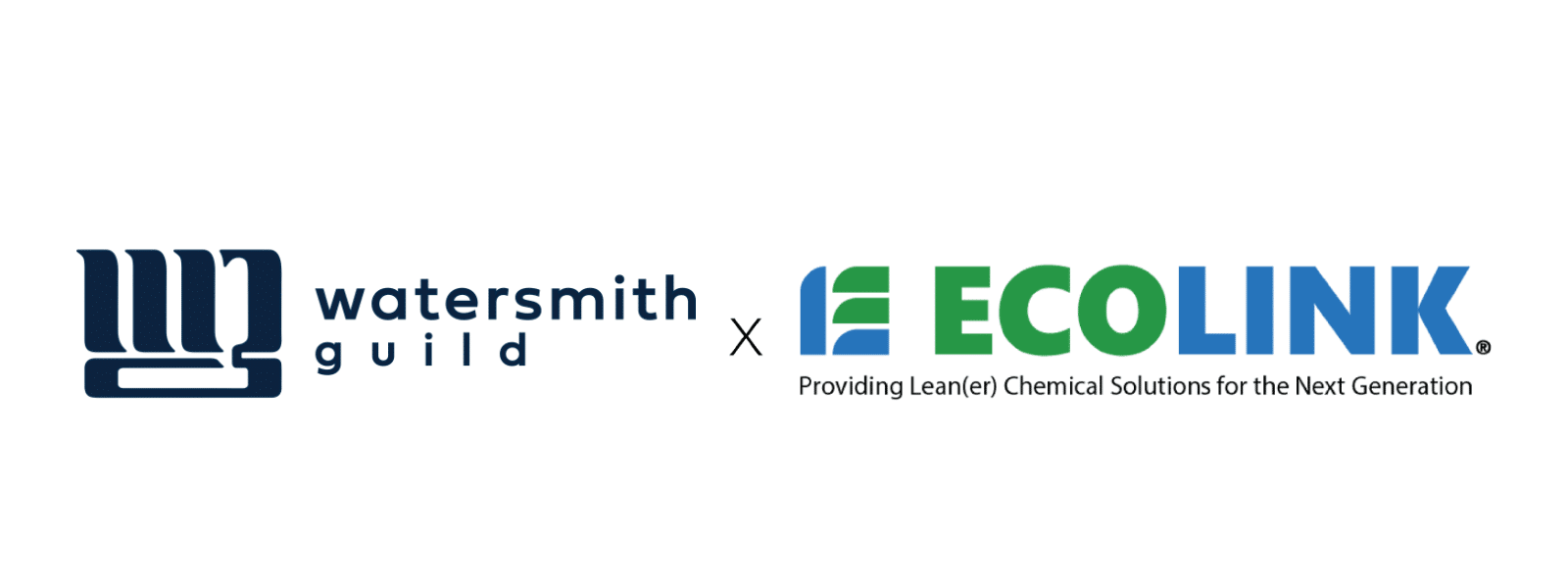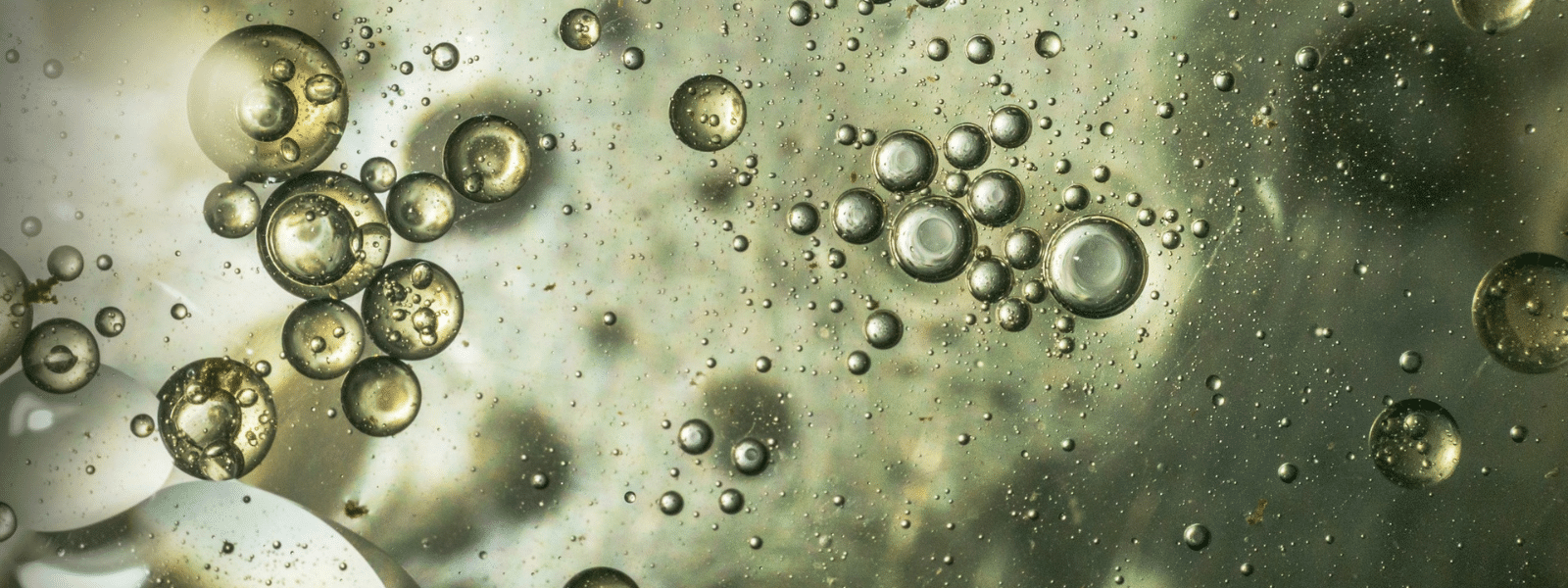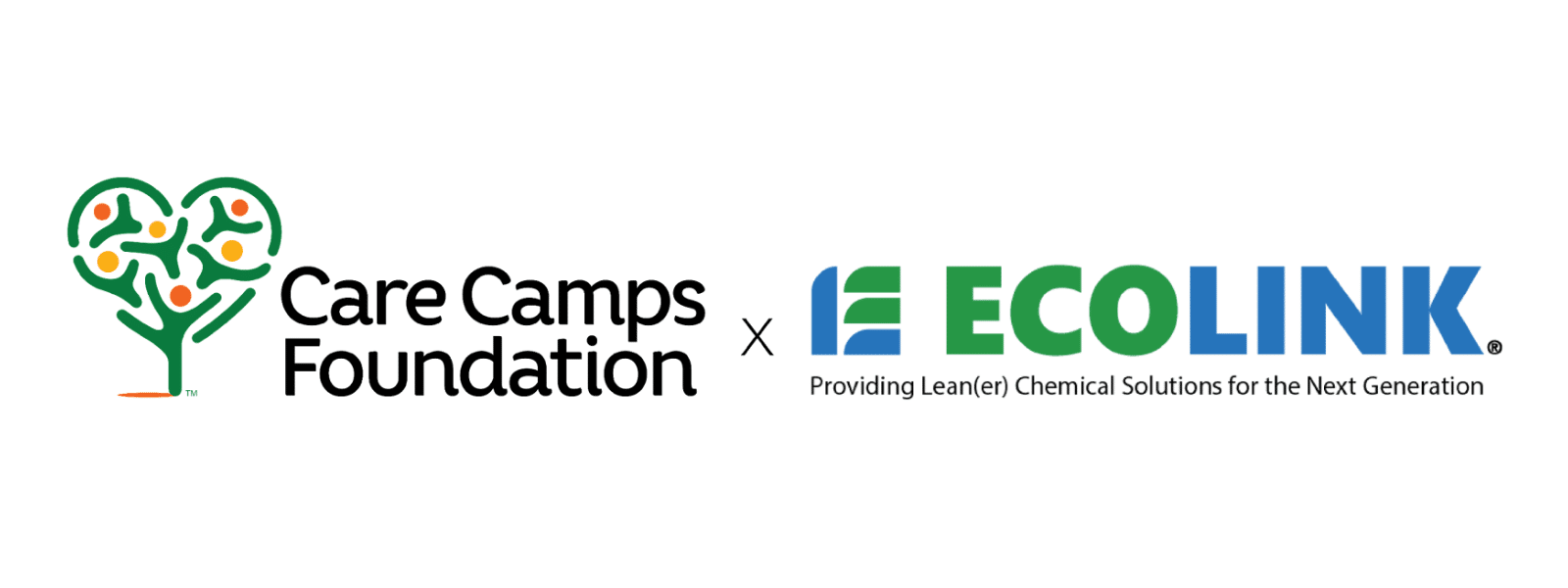
The EPAs MACT standards are based on the emissions levels that have already been achieved by the best performing similar facilities. This straightforward, performance based approach yields standards that are both reasonable and effective in reducing the toxic emissions of industrial businesses. When developing a MACT standard for a particular source category, the EPA investigates the level of emissions currently being achieved by the best performing similar sources through clean processes, control devices, and work practices, along with other methods. These emissions levels set a guideline, or baseline for the new standard. At a minimum, a MACT standard must achieve, throughout the entire industry, a level of emissions control that is at least equivalent to the baseline. The EPA reserves the right to establish a more stringent standard when the potential for economic, environmental, and public health enhancements are at play.
At present, the EPA focuses efforts on reducing emissions of toxic air pollutants, as well as the VOCs (Volatile Organic Compounds) found in industrial cleaning products through its MACT emission standards. The EPA will continue to work with industrial businesses, environmental groups, state, local, and tribal agencies, and other interested parties, including Ecolink, to further develop standards that will continue to reduce air toxic emissions even more.
The EPA anticipates that its technology-based approach will continue to prove successful at reducing air toxins found in industrial cleaning products. Additional assistance from organizations like Ecolink that work toward providing eco friendly, green alternative compounds for industrial companies to eliminate air toxins are also expected to directly bolster the EPAs efforts. To identify additional measures beyond the technology standards set forth by the EPA that are needed to protect the public health and the environment from toxic air pollutants found in industrial cleaning agents, contact Ecolink. Ecolink has proven successful in enforcing EPA mandates by introducing safer industrial cleaning products, and helping industrial businesses transition to these eco friendly, green alternative industrial cleaning solutions. Call Ecolink to find out how they can help your industrial business make the switch to a safer cleaning solvent.






